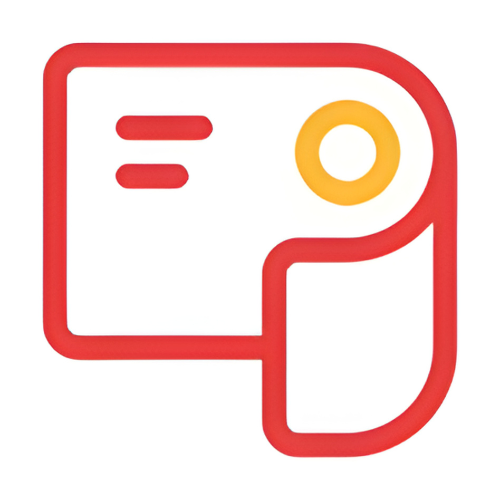A few weeks ago during a panel on people analytics, an HR professional in the audience asked a great question “what does it mean to be data literate?”
The buzz word “big data” has been around since the 1990s and most people would agree that using frameworks grounded in data is the right way to make business decisions.
That said - how do you know if you’re actually data savvy? How do you know which of your colleagues is waving their hands and speaking fast, and who actually understands what’s going on at a deep lever?
You can watch our Whiteboard Wednesday video on this topic here.
The Definition of Data Literacy
To be data literate, you have to:
- Understand what a number is and what it means unambiguously
- Know why this number matters in the scheme of your organization and decision making
- It should be clear how this number is calculated
- Within the how, you should know the key drivers that would change this number dramatically
- You should think about potential holes in the analysis that may throw this number off
- There should be a plan to action this data
If you can tick these boxes on a piece of data, then you can be fairly confident you are data literate, and even data savvy!
An Example, Cost Per Hire
To make this more real, let’s look at an example. Many recruiting teams track their cost per hire metric, and it’s also a key driver of ROI for many different initiatives we may pursue as a TA team investing in ATS software, better employer brand, etc).
Let’s say we’re in a meeting and someone tells us our cost/hire is $4k. The average cost per hire in the US is $4,000, and so we can breathe a big sigh of relief that we aren’t wasting a ton of money, at least at face value.
Most people will understand that this number says on average, we spend $4,000 for every person that we hire in the organization.
Why this matters is that our TA budget is a huge component of the total People budget within our company. Decreasing this number results in savings the CFO will care about. It’s also a KPI that we need to track as we change our hiring process and recruiting tech stack.
How this number is calculated is by adding up our entire recruiting budget, and dividing by the number of hires. This is where things can get tricky: do we count fixed costs like the ATS? Were all line items accounted for correctly? If our time to hire is 60 days, was spend in Nov/Dec counted in last year or this year?
Key drivers here may be the number of engineers we hire. Perhaps we hire 80% of engineers through third party recruiters and therefore the cost/hire is $20k, which drastically increases our overall cost/hire.
We may notice that cost/hire has gone down in the past year after implementing a new ATS. But, maybe this was simply the result of hiring less engineers and more customer service reps who are sourced via low cost job boards. This is an example of a potential hole in the analysis.
After drilling down, we may find that our cost/hire across our different roles is in line with peers and that we are doing a great job. We may also find that certain components of this number are abnormal and either tell us we have an unusual strength, or weakness that prompts action.
For example, maybe we find out our job board spend per new front line worker is 3x that of peers. This implies an action of adopting programmatic. We may also find our offer acceptance rate is very high for certain roles and that our action will be to replicate that candidate experience across our recruiting process.
The Data Savvy Professional
Not every number in every meeting needs to be drilled into with such depth. Building a better understanding of the numbers that drive your organization will allow you to do much of the above analysis in your head during the meeting so that time can be spent on the 1-3 questions that matter about a given KPI.
There’s no doubt that the People function continues to be a key area where data is driving value. From understanding the hiring funnel to employee experience, information can help us get better outcomes for all involved.
Again, you can checkout the Whiteboard Wednesday on data literacy here.



























